Introduction – Palm Oil Imports:
Palm oil is still one of the most important edible oils in the world’s foods. This commodity has also been consumed in the industrial and manufacturing supply chains. Moreover palm oil imports have been rising steadily on major Asian markets in the past few months. Further Malaysia and Indonesia are the major suppliers thats why they have high consumer demand and changes in supply.
Pakistan is one of the world’s biggest palm oil importers these days. Meanwhile food manufacturers, refiners, and wholesalers restock their supplies in huge quantities. That is why Pakistani exports are going up a lot in response to rising domestic demand. This growing trend shows that Asia’s edible oil markets are recovering as a whole and shows how important palm oil is for food security and industrial growth.
Global Palm Oil Landscape – Supply Tightening & Demand Strengthening:
The global palm oil business has reached a new era that is marked by:
- Pakistan, India, China, and Bangladesh are all buying more from Asia.
- In Malaysia, production growth is lower than planned because there aren’t enough workers and there are initiatives to replant.
- Changes to Indonesia’s export policy, the world’s largest producer, to keep prices stable at home and make sure there is enough supply.
Many countries have started buying more palm oil to deal with supply uncertainties and keep prices from going up and down. Experts say that palm oil is reclaiming a bigger share of the edible oils market since political and climate issues sometimes disrupt the supply of soybean oil and sunflower oil around the world.
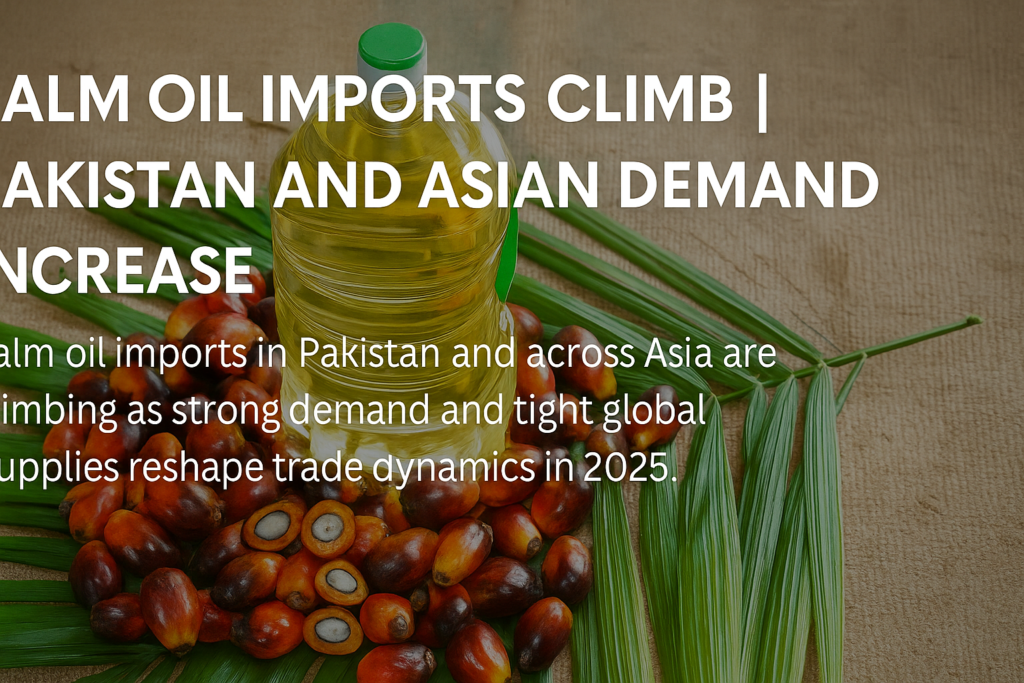
Please go to Zarea right now! To look at the biomass products and building materials, check the prices and make a large purchase.
Pakistan’s Palm Oil Imports Rise Sharply in 2025:
Pakistan gets most of its edible oils from other countries, and palm oil makes up more than 55–60% of all consumption. The country has seen one of its biggest rises in palm oil imports in a long time in 2025. There are a number of things that are causing this rise:
Demand for food is coming back:
After months of poor demand driven by inflationary pressures, the food and drink industry has seen a rise in demand. This includes bakers, snack makers, candy makers, and cooking oil businesses. Refiners are booking more palm oil to support rising production as consumer confidence slowly returns.
Better stability of the currency:
The Pakistani rupee is a little more stable, which makes imports a little cheaper. This has led refiners to sign forward contracts before world prices go up even more. Even while currency pressure is still a long-term problem, short-term stability has given importers some breathing room.
Prices that are competitive in the Malaysian market
Prices for Malaysia’s palm oil exports have stayed competitive with prices for other oils. Negotiating discounts and good trading terms with Pakistani refiners has also helped to increase import volumes.
Plan for Restocking
Just because of tight supply conditions last year, many refiners ran out of stock. Further the spike in palm oil imports right now is a sign that the whole sector is rebuilding its strategic inventories. This is because these strategic inventories are able to avert future shortages.
Asia’s Palm Oil Imports Also Climbing:
Pakistan isn’t the only one. Palm oil imports are growing quickly all throughout Asia.
India:
India is the biggest buyer of palm oil in the world. It has increased its imports because demand is high during the festive season. Another reason for Indian palm oil imports is domestic oil seed production which is low. Further blended oils (palm olein in packaged foods) are still a cheaper way for manufacturers to get what they need.
China:
China’s purchases of palm oil have gone increased in early 2025 as the economy heats up and big food processors start full production cycles again. Chinese refiners are restocking their supplies after a time of careful shopping.
Bangladesh and Sri Lanka:
As the prices of edible oils in South Asia stabilise, smaller markets are also buying more. Palm oil is still very important for Bangladesh because it is cheap.
Southeast Asia:
Countries like Vietnam and the Philippines buy more palm oil for industrial uses and even they make their own oil. This is because these countries make cosmetics, mix biodiesel and make packaged food. Moreover, the rising demand for palm oil in the region shows how useful it is and how important it is as a commodity. This is because palm oil is a stable and inflationary market.
Why Palm Oil Imports Are Increasing – Key Drivers:
How affordable it is compared to other oils for cooking
Geopolitical concerns and climate-related production instability are still causing problems with the supply and logistics of soybean and sunflower oil. Even when prices go up around the world, palm oil is still a lot cheaper.
Industrial Applications Expanding
Palm oil is increasingly used in:
- Personal care products
- Soaps and detergents
- Pharmaceuticals
- Packaging and lubricants
- Biodiesel blending
Asian markets with expanding manufacturing sectors naturally consume more palm oil.
Patterns of Demand by Season
Bakers and candy makers use more palm oil during the winter season because they make more bakery and candy goods that need palm-based fats.
Buying Ahead and Strategic Reserves
To avoid shortages like those seen in the past, governments and big refiners are starting to build up edible oil stockpiles again.
Challenges Facing Pakistan’s Edible Oil Sector:
Despite rising imports, Pakistan faces several structural challenges in managing its edible oil supply chain:
A lot of imports are needed
The truth is that Pakistan receives over 90% of its imports of edible oils need from other countries. That’s why its economy is exposed to global price shocks.
Weak Oilseed Production
Local oilseed crops such as canola, sunflower and soybean remain underdeveloped. The main reasons behind this are limited farmer incentives and low market support that greatly affect them.
Fluctuations in the exchange rate
Even small drops in the rupee value can make oil imports much more expensive. It can also affect local market prices.
Pressures on refining capacity
More imports mean that refining and storage infrastructure needs to be better, and it is getting better, but it’s still not enough for peak demand cycles.
Future Outlook: Will Palm Oil Imports Continue to Rise?
Market analysts think that palm oil imports will stay strong through the rest of 2025 because of
- Ongoing demand from Pakistan’s food manufacturing industry.
- Weather effects from El Niño are likely to make global supply tighter.
- Malaysian and Indonesian suppliers offer good prices.
- Demand around the world is stable or rising at a moderate rate.
Pakistan’s long-term sustainability depends on its ability to promote oilseed growth at home. On the other hand, it also depends on these two factors – keeping diversifying its import sources and stabilizing its currency.
Final Thoughts:
The increase in palm oil imports in Pakistan and Asia signals bigger market trends driven by global supply conditions, domestic consumption patterns, and economic stability.
This trend shows how important and how weak Pakistan’s edible oil sector is. So basically, increased imports not only help meet industry demand. But it also makes sure that the products are always available in stock. However, they also show how important it is to make strategic changes to local agriculture. This is because it helps to make it less dependent on imports.
Sure it will be important to keep supplies chains running smoothly as global markets keep changing gradually. Meanwhile currency policies must be stable and a variety of sources of palm oil must be selected in the future in order to meet country needs.

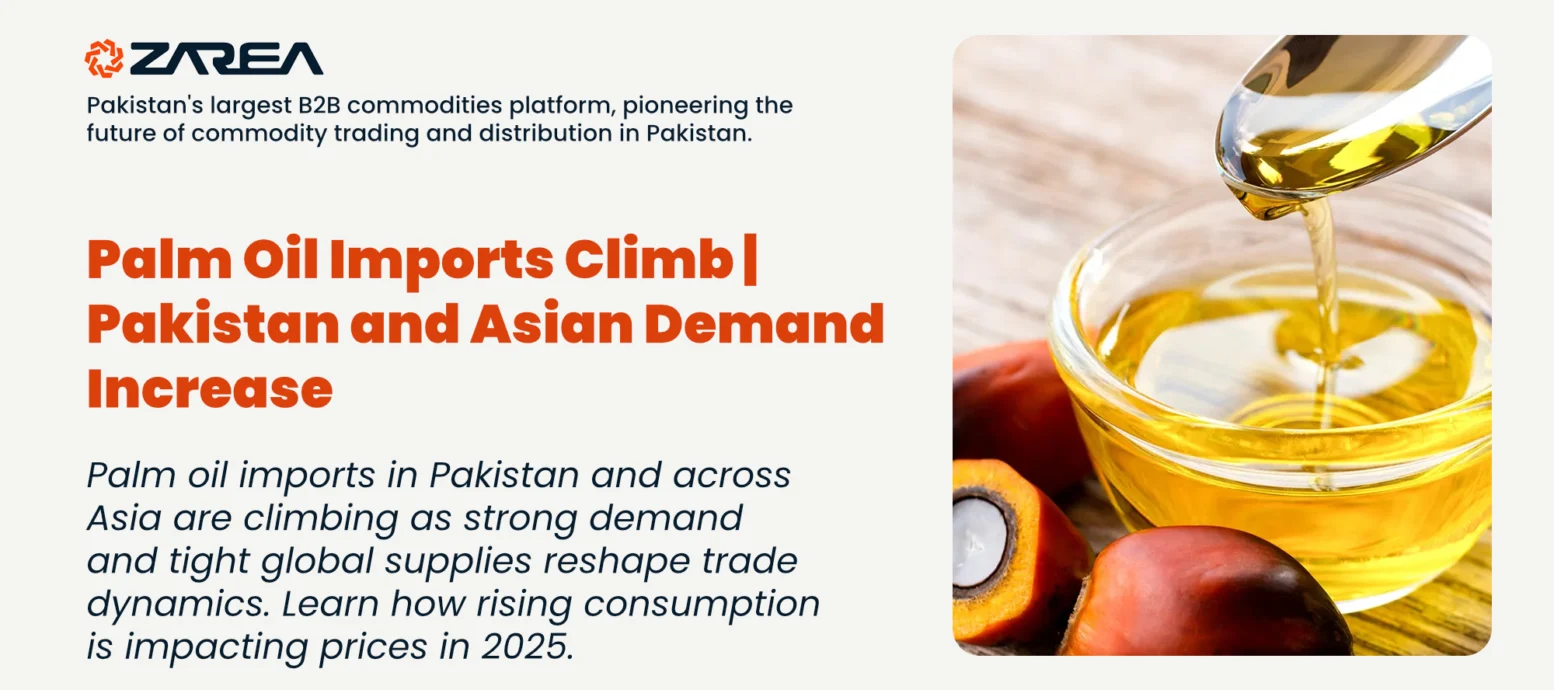








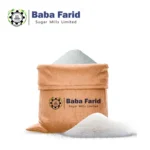


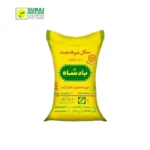

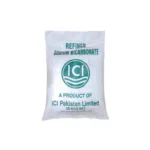









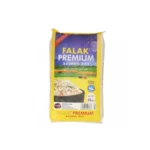





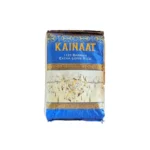



1 Comment